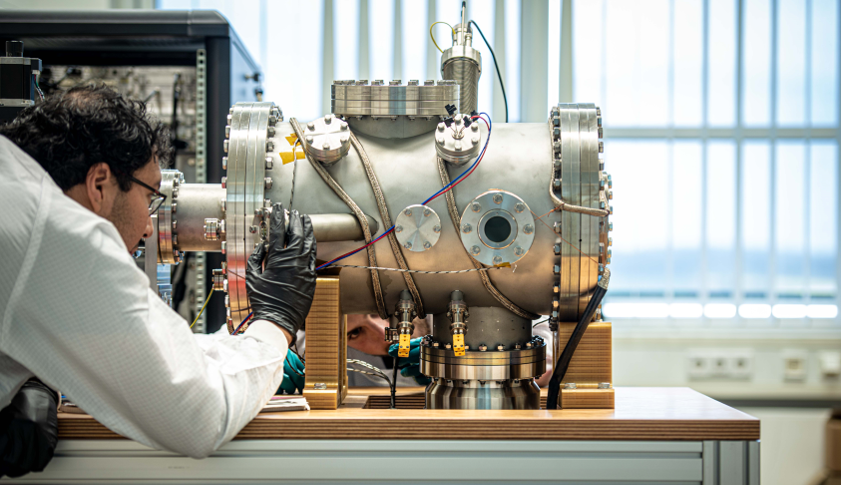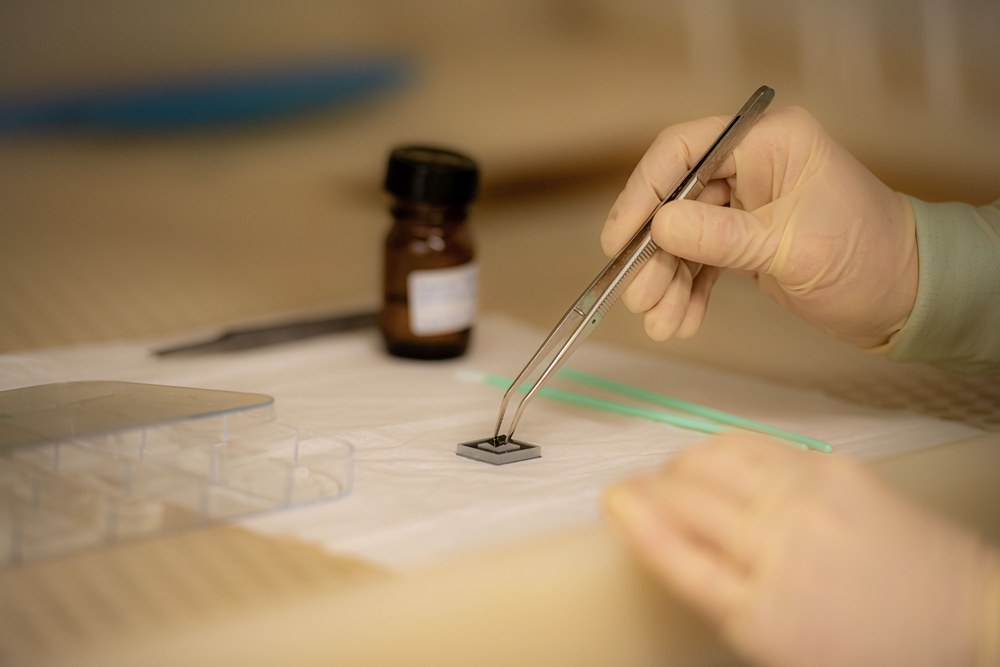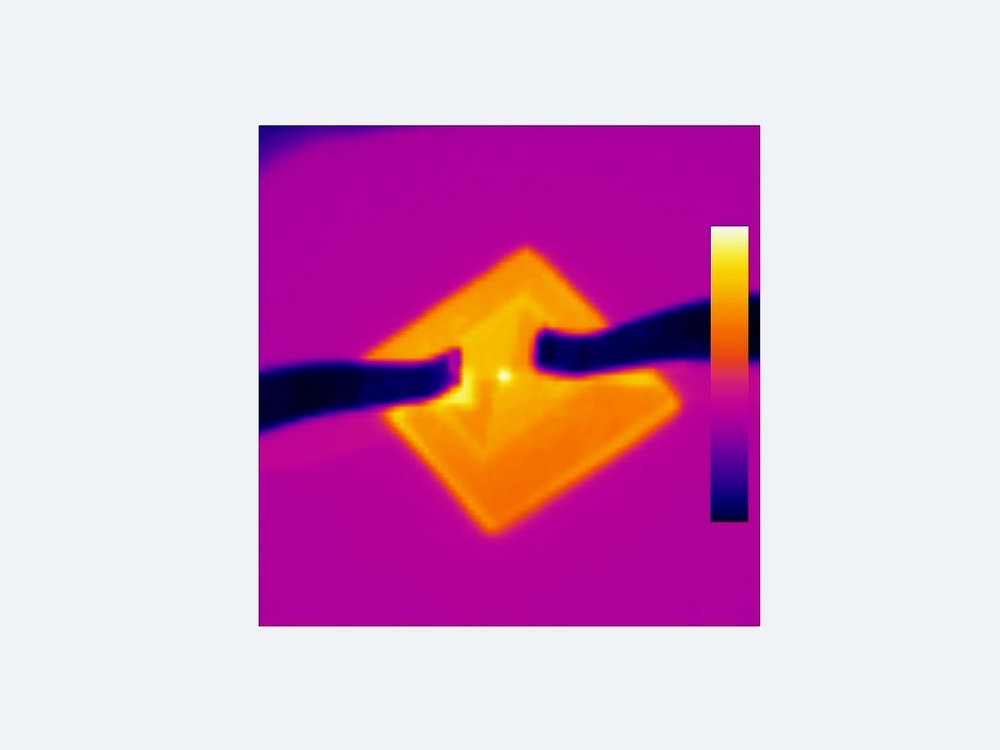MiniRubiQ
Projectstart: 01 January 2021 - 31 December 2025

© DLR. Alle Rechte vorbehalten.


A large proportion of quantum systems and technologies are based on the interaction of individual atoms with laser light. The simplest way to isolate atoms from their environment is to generate an atomic gas in an ultra-high vacuum and trap it in (magneto-) optical traps. Then individual atoms can now be specifically manipulated and addressed and corresponding quantum states become accessible. Atomic sources are therefore an important starting point for a large number of quantum experiments and technologies. The current state of the art does not include the development of miniaturized atom sources. In contrast, such sources are usually associated with large separate vacuum chambers with corresponding peripherals and inertia.
The project in the QT-IMN department aims to miniaturize these atom sources in such a way that they can be integrated directly into corresponding superstructures and truly mobile, i.e. light and compact, quantum systems can be built for the first time. The department is thus working on an important key technology that will enable DLR to develop a large number of quantum sensor setups that are compatible with air and space travel in the long term.
Project Goals
The aim of the project is to develop an experimental miniaturized Rubidium (Rb) source that meets the specific requirements of a quantum register based on cold atomic gases. An atomic source must enable short loading times within 1s with 109 Rb atoms, which can feed into the focusing zone of a magneto-optical trap (MOT) in a collimated atomic beam with low lateral velocities. The aim is to reduce the amount of Rb released to such an extent that the low background pressure of the released atoms allows long storage coherence times.
This results in three development goals:
- Development of pulsed Rb source: pulsed, dynamic atomic sources enable a time-limited release of atomic gases, and thus allow the use of cold atoms at extremely low background pressures.
- Development of collimated atom beams: A collimated atom beam allows atoms to be selectively introduced into the atom traps.
- Testing of the miniaturized atom source in MOT and suitability for quantum registers: Demonstration and testing of the miniaturized atom source for functionality in a MOT, e.g. for the production of a Bose-Einstein condensate or a cold atom-gas quantum register.
